The full schematic of "electrosluch" reveals it's a stereo audio amplifier + 2 inductors which really may catch something audible from changing magnetic fields. What's heard must be in the audible frequency range, forget those megahertzes. The 10 nF capacitor in parallel with the 100 kilo-ohm feedback resistor starts the high frequency roll-off at as low as 160 Hz. The sound will be brighter than mushy hum, because the coil catches more at higher frequencies which compensates the roll-off. The accepted answer totally skips that fact, which is a direct consequence of the induction law.
Before modern wireless telephones people used the same idea to catch the landline phone signal for speaker amplification or tape recording. Phone companies did not allow any 3rd party equipment to be connected directly to their lines, so inductive capturing of the signal was the only legal low cost option. Phone companies, of course, kept available "qualified" devices for those who wanted to pay the premium which easily doubled the monthly bill. The next image shows a typical 3rd party suction cup phone recording pickup coil. It's a screenshot of Amazon ad https://www.amazon.com/Telephone-Microphone-Suction-Cup-Pickup/dp/B0034I75IK - obviously it's an useful device still somewhere!

Essentially it's a coil. It probably has an iron core for higher inductance with less wire. But the magnetic circuit contains a wide gap, so it can catch voltages from external AC magnetic fields
With elektrosluch one can surely hear the mains AC hum and noise from motors, power supplies, light dimmers, welding and from short enough distance nearly from any electronic gadget. For dumb enough uneducated punters the noises can sound fascinating if their imagination was fed with proper nonsense of the new door to the world of electromagnetic fields. In theory it's also possible that a talented artist can get some inspiration.
To the input connector of the elektrosluch one can insert nearly anything - maybe bigger coils for higher sensitivity or also a full crystal radio receiver for higher than audible range frequencies. I skip that.
Your "interesting" part contains a 10 uH inductor. The original has 10 millihenries. That 10 mH is much more plausible. It's in accordance with my own experiments. I live in a rural area. I had a landline phone as recently as 15 months ago and I have built my own inductively coupled phone recorder (to be able to show later what was said - it's necessary here where community officials think they are the law and own the people). 15 months ago the phone company built a cellular phone tower to a place about 2 miles from here, so a smartphone became functional without driving to the town.The landline was disassembled and sold as scrap metal.
After getting more info as a comment:
You use this device near radio transmitters (phone, wifi) and wonder what actually makes the sound - the signal frequency is in GHz-range and I claimed this is an audio amp with inductive pickup coil. Strong radio transmissions saturate the circuit. Every wire in it can catch a substantial voltage. Transistors and diodes in ICs can rectify DC from it like in a crystal radio receiver. You hear a click every time when the radio signal starts or stops. The rectified voltages obey to some degree the radio signal power level changes but these are abrupt ones in digital radio signals. Most of us know how a phone makes an unprotected audio system to buzz and rattle. This is the same. Due its complexity the phenomenon is beyond all elementary calculations that you have got in answers and done by yourself. The phenomenon is a result of non-linear effects in circuits and using ICs in a way which is unintended by the manufacturer. Get an EMI protection engineering textbook for better knowledge. I'm not an expert in that area.




